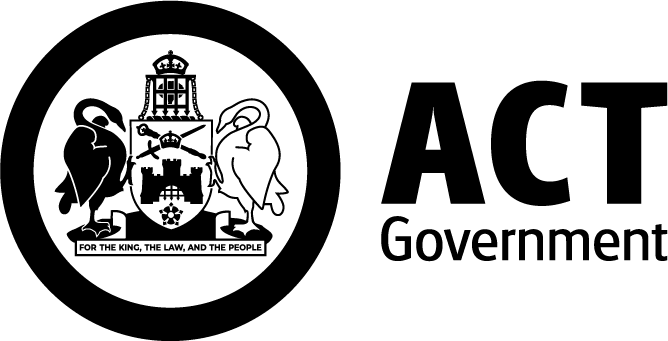Eastern Quoll (Dasyurus viverrinus)

Description
- The Eastern Quoll has fawn or black fur with small white spots, and a bushy tail with a white tip.
- It eats insects, especially pests such as the Cockchafer Beetle (Melolontha melolontha) and Southern Armyworm (Spodoptera eridania). It sometimes eats small animals, birds, fruits, and plants.
- Males can grow 32–45 cm long and weigh between 0.9–2 kg. Females are usually smaller, weighing between 0.7–1.1 kg.
- It breeds between May and June, with litters of up to 6 babies coming out of their dens between November and December.
- It lives around 2–3 years in the wild, and longer in captivity.
Find out more about the Eastern Quoll on Canberra NatureMapr.
Where to find them
Wild populations of the Eastern Quoll are only found in Tasmania and on Bruny Island.
The Eastern Quoll used to be found across south-eastern Australia. Its numbers dropped quickly between 1890 and 1910. Some small populations remained in Victoria and NSW until the early 1960s, but the species is now considered extinct in the wild on the mainland. The last confirmed sighting on the mainland was in 1963.
In 2016, Eastern Quolls were re-introduced to the ACT and were released into the feral-predator free Mulligans Flat Woodland Sanctuary. In 2019 the Sanctuary expanded to include most of Goorooyaroo Nature Reserve. In 2018, they were re-introduced to Booderee National Park in NSW.
Eastern Quolls are usually found alone. It can be found to:
- have a home range of about 35 hectares for females and 44 hectares for males
- live in areas with lots of pasture grubs such as dry grassland and forests near farms
- sleep in dens under rocks, in burrows or fallen logs.
Conservation threats
Populations of Eastern Quolls are threatened by:
- predation by feral cats, red foxes and dogs
- diseases
- accidental poisoning from other pest removal programs
- getting hit by vehicles on the road
- extreme weather caused by climate change.
Conservation status
- International – Endangered (International Union for Conservation of Nature Red List).
- National – Endangered (Environment Protection and Biodiversity Conservation Act 1999).
- Australian Capital Territory – Endangered (Nature Conservation Act 2014).
Conservation actions
Conservation aims to manage the Eastern Quoll include to:
- help move healthy, wild populations of the Eastern Quoll to the Australian mainland as part of a national effort
- set up and maintain fenced areas to protect and restore habitats
- conduct research to learn more about the Eastern Quoll
- raise community awareness about protecting the species and how they can help conservation efforts.
